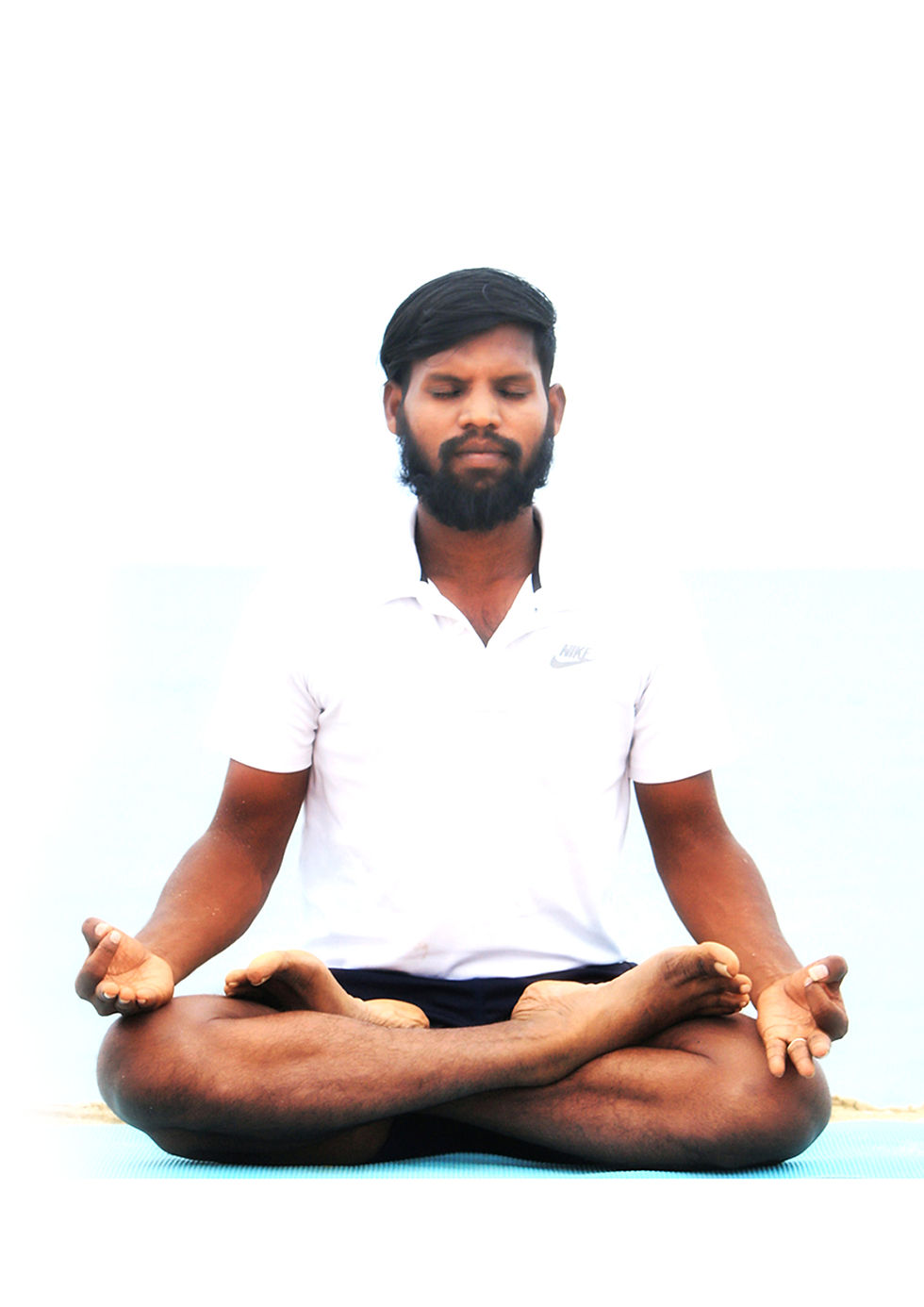Padmasana (Lotus Pose) Steps to Perform & Therapeutic Benefits
- gnani yoga
- Mar 8
- 2 min read
Padmasana (Lotus Pose)
Padma (Lotus) + Asana (Pose)

Steps to Perform Padmasana
Sit comfortably on the floor with your legs extended.
Bend your right knee and place your right foot on your left thigh, bringing it closer to the left hip.
Now, fold your left knee and bring the left foot onto the right thigh, keeping it close to the right hip.
Press the right thigh downward and use your left hand to gently pull the left foot closer to the right hip.
Ensure both knees are touching the ground and the spine remains upright.
Therapeutic Benefits
✅ Enhances hip flexibility and mobility.
✅ Helps regulate blood pressure and calms the mind.
✅ Improves body awareness and mindfulness.
✅ Promotes better blood circulation to vital organs.
Chakra Awareness
Ajna Chakra (Third Eye Chakra) – Enhances intuition, concentration, and mental clarity.
Pranic Energy Flow
Udana Vayu – Supports upward energy flow, aiding focus and spiritual awareness.
Final Pose & Alignment
✔ Maintain a soft gaze at a fixed point.
✔ Keep your back upright with an elongated spine.
✔ Relax the shoulders down and expand the chest.
✔ Engage the back muscles to maintain posture.
✔ Ensure the feet are locked against the thighs.
✔ Heels should touch the lower abdomen for optimal alignment.
Modifications & Variations
Beginners can practice Ardha Padmasana (Half Lotus Pose) by placing one foot on the opposite thigh and keeping the other leg folded underneath.
Use yoga blocks or cushions under the knees for additional support.
If flexibility is limited, sit on a folded blanket to elevate the hips.
Contraindications (Avoid if you have):
❌ Knee Injuries
❌ Ankle Injuries
❌ Sciatica or lower back issues
Major Muscles Engaged
✔ Gluteus Muscles – Supports hip flexibility.
✔ Erector Spinae – Maintains spinal alignment.
✔ Piriformis – Engages in hip rotation and stability.

Comments